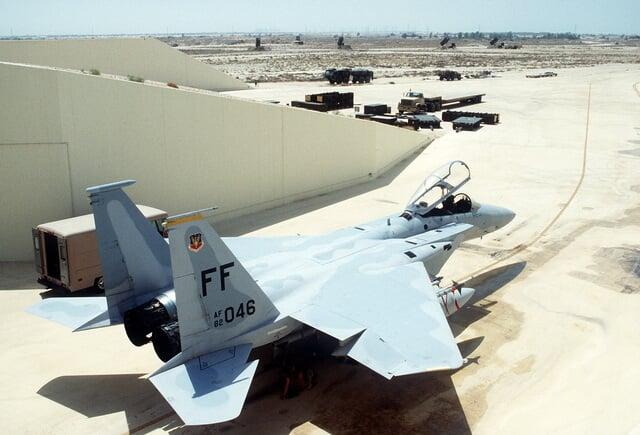The Autonomous Runway and Airfield AugMentation (A-RAM) program out of AFRL’s Materials and Manufacturing Directorate (AFRL/RX) was one of the seven. A-RAM aims to develop technologies that can be delivered autonomously and provide lean solutions for enabling expeditionary concrete infrastructure in agile combat areas and basing concepts that require significant resilience and mobility of combat forces, known as adaptive basing scenarios*. The larger goal for A-RAM is to demonstrate the robotic creation of 100,000 square feet of apron (also known as a ramp, the aircraft’s parking area, normally located off the runway and taxiway) that supports the taxiing and turning of a C-130J and, potentially, tactical fighter aircraft. In addition, the solution must be commercially viable and acquirable by the Department of Defense (DoD). In keeping with the spirit of the SCDP, accomplishing this heavy lift requires the team to push the boundaries of innovation, collaboration, and teaming, both in technology and in how the program is managed and executed.
A-RAM is in the midst of its three-year project, with an end date planned for September 2023.
“The reason for this program is to open up operations at isolated Forward Operating Bases,” said Aaron “Chewwie” Kubatka, Rapid Innovation Manager at Wright Brothers Institute (WBI) project PM/Operational SME. “A lot of times we repair existing airports; sometimes we must build an airport, both are normally done using regular cement. The thought is that in some areas, bringing in a whole cement manufacturing capability on-site won’t be as agile as required and in other areas it would be impossible.”
Agile Revetment Challenge
The Agile Revetment Challenge is a sub-task to the larger A-RAM project. Its focus is to find alternatives to the traditional HESCO barrier build method used when setting up aircraft revetment walls at Forward Operating Bases (FOB) – any secured operational military position used to conduct further operations and act as a strategic center. HESCO bags are simple and effective but require substantial manpower and are generally set in place and cannot be moved when missions require change. These alternatives resulting from the Agile Revetment Challenge will address a reduction of manpower, airlift required, materials to be sourced on site, time to build, and/or reuse of resources.
AFRL is pursuing this project to address future Air Force operations, which are expected to require infrastructures that can be more rapidly transported and assembled using fewer human and aircraft resources than ever before. AFRL is seeking innovative solutions, enabled by advanced materials, that increase agility in deploying and/or the resilience of protective structures in a time of need by reducing the logistics requirements.
To meet this challenging goal, solutions are anticipated to emerge from – but are not limited to innovations in biomaterials and biomanufacturing as well as advanced and functional polymers that enable rapidly deployable and hardened structures.
AFRL looked to WBI to employ its highly successful Challenge process to identify potential solutions from outside the Air Force. WBI publishes the Challenge parameters – what is expected, what is required, etc. - and collects the ensuing submissions. WBI and AFRL then employ a team of subject matter experts to evaluate the submissions and choose which solution providers get the cash prize to continue the relevant work.
The Challenge criteria was clear: Solutions should enable the rapid transport, deployment, and hardening of freestanding revetment structures for the protection of critical USAF assets as small as a human and as large as an aircraft; materials should be those mostly available on-site; solutions should not require heavy machinery. Optimal solutions would require only one or two skilled personnel to deploy.
The Agile Revetment Challenge was completed in March 2022 with an unusual outcome:
“The final field demo award just happened,” said Kubatka. “We awarded it to all four. They’ll go forward to the field demo. We realized they all have their own merit and unique capabilities. None of them were a full solution to the Challenge that could replace HESCOs, but the tech and the way it can be applied to other things showed so much merit, they required further investigation.
“All the principal evaluators had different projects they managed, and each of the different techs fell into their individual mission buckets.”
Most of the operational testing and assessment will take place in Year Three of the project – the next calendar year.
“Most of the research is starting to become tangible capability that can be evaluated through testing and demonstrations … That’s where the whole program will have things to showcase,” said Kubatka..
*Source: www. rand.org/content/rand/pubs/research_reports/


